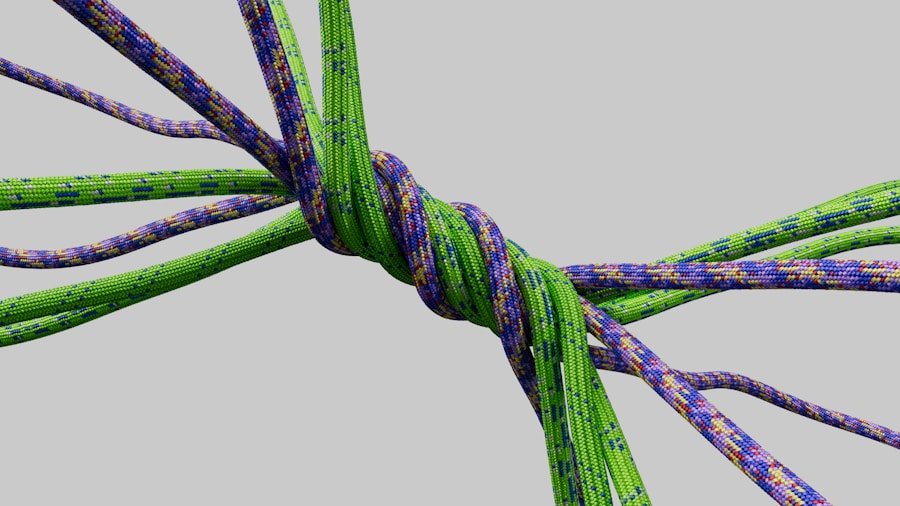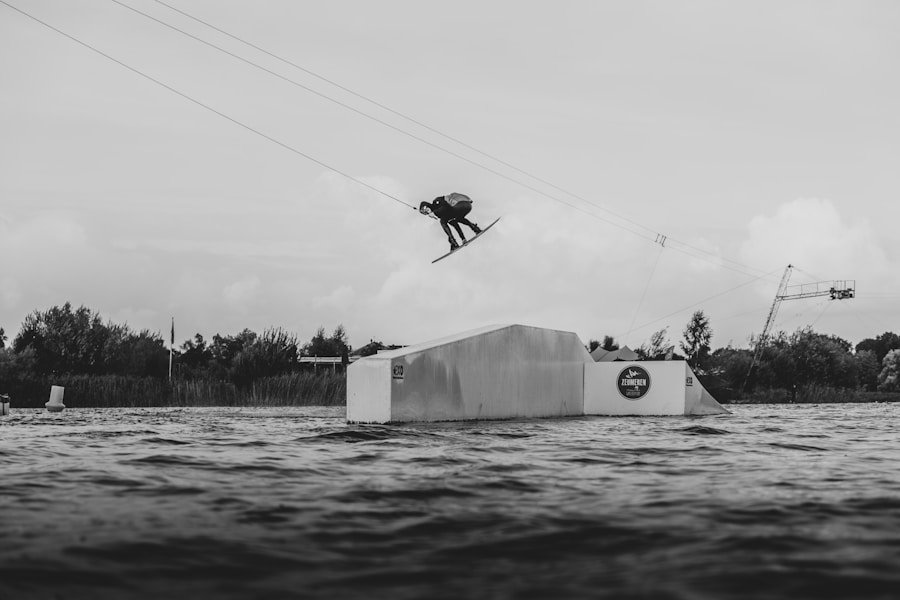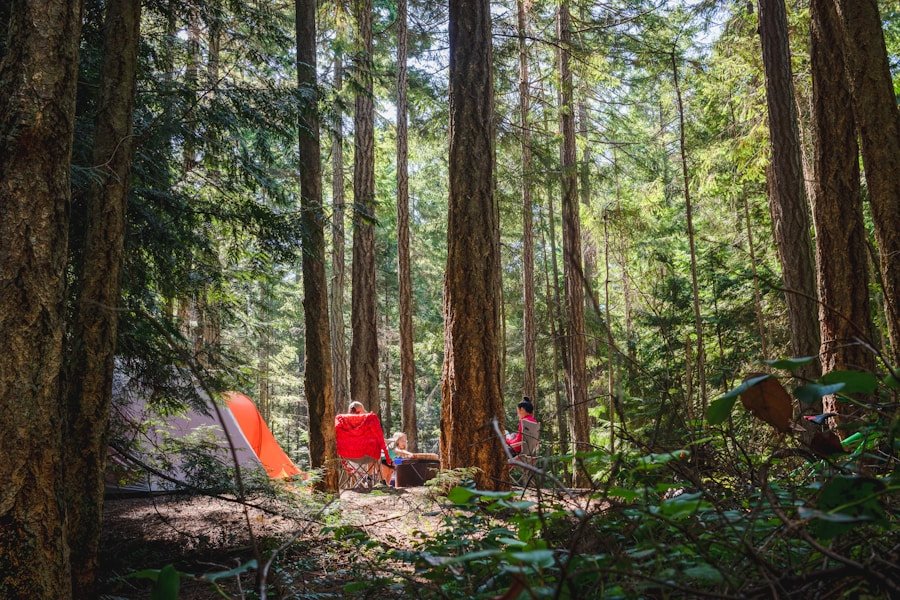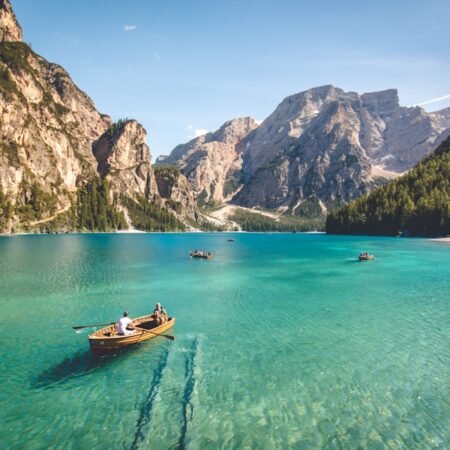When you’re out in the great outdoors, clean water is essential for your health and well-being. Whether you’re hiking, camping, or backpacking, access to safe drinking water is crucial. Without it, you run the risk of dehydration, illness, and other health issues.
Natural water sources such as rivers, lakes, and streams may contain harmful bacteria, parasites, and other contaminants that can make you sick if ingested. This is why having a reliable portable filtration system is so important. It allows you to purify water from these sources, ensuring that you and your camping group have access to clean and safe drinking water throughout your trip.
In addition to drinking water, clean water is also necessary for cooking, cleaning, and personal hygiene while camping. Having a portable filtration system means you can confidently use water from natural sources for these purposes without worrying about potential health risks. Overall, maintaining clean water on camping trips is essential for your health and comfort, making a portable filtration system a valuable investment for any outdoor enthusiast.
Key Takeaways
- Clean water is essential for a successful camping trip, as it ensures hydration and prevents waterborne illnesses.
- Choose a portable filtration system that suits your camping needs, considering factors like capacity, filtration speed, and ease of use.
- Regular maintenance and cleaning of your filtration system is crucial to ensure its effectiveness and longevity.
- Proper storage and transportation of your filtration system can prevent damage and contamination.
- When filtering water from natural sources, follow tips like pre-filtering and using a clean container to ensure safe drinking water for your camping group.
Choosing the Right Portable Filtration System
When it comes to selecting a portable filtration system for your camping trips, there are several factors to consider. First and foremost, you’ll want to choose a system that is capable of effectively removing a wide range of contaminants from natural water sources. Look for a filtration system that is designed to remove bacteria, protozoa, and other harmful microorganisms, as well as sediment and other impurities.
Additionally, consider the size and weight of the system, as well as its ease of use and maintenance. A compact and lightweight filtration system that is easy to operate and clean will be more convenient to carry and use during your outdoor adventures. Another important consideration when choosing a portable filtration system is its flow rate and capacity.
The flow rate refers to how quickly the system can filter water, while the capacity refers to the total amount of water it can filter before needing to be replaced or cleaned. Depending on the size of your camping group and the duration of your trip, you’ll want to select a filtration system with an appropriate flow rate and capacity to meet your needs. Finally, consider the durability and reliability of the system, as well as any additional features or accessories that may be beneficial for your specific camping activities.
By carefully evaluating these factors, you can choose the right portable filtration system to ensure clean water on your camping trips.
Regular Maintenance and Cleaning of Your Filtration System
Once you’ve selected a portable filtration system for your camping trips, it’s important to properly maintain and clean it to ensure its effectiveness and longevity. Regular maintenance will help prevent clogs, extend the life of the system, and ensure that it continues to provide clean and safe drinking water for you and your camping group. One of the most important maintenance tasks is regularly cleaning the filter element or cartridge according to the manufacturer’s instructions.
This typically involves rinsing or backflushing the filter to remove any accumulated sediment or debris that may impede its performance. In addition to cleaning the filter element, it’s also important to regularly inspect the entire filtration system for any signs of damage or wear. Check for cracks, leaks, or other issues that could compromise the system’s effectiveness.
If you notice any damage or wear, it’s important to address it promptly to prevent further problems. Finally, be sure to store your filtration system properly when not in use to protect it from damage and contamination. By following these maintenance guidelines, you can ensure that your portable filtration system remains in good working condition and continues to provide clean water on your camping trips.
Proper Storage and Transportation of Your Filtration System
| Tip | Description |
|---|---|
| 1 | Regularly clean the filter cartridge to remove debris and sediment. |
| 2 | Inspect the O-rings and gaskets for any signs of wear or damage. |
| 3 | Backflush the filter to remove any buildup and improve flow rate. |
| 4 | Store the filtration system in a clean and dry place when not in use. |
| 5 | Replace the filter cartridge according to the manufacturer’s recommendations. |
Proper storage and transportation of your portable filtration system are essential for maintaining its effectiveness and longevity. When not in use, store the system in a clean and dry environment to prevent contamination and damage. Keep it in its original packaging or a protective case if possible to shield it from dust, moisture, and other potential hazards.
Additionally, be mindful of the temperature conditions in which you store the system, as extreme heat or cold can affect its performance and lifespan. When transporting your filtration system to and from your camping trips, take care to handle it gently and avoid dropping or banging it against hard surfaces. Secure it in a durable carrying case or backpack to protect it during travel.
If your filtration system includes delicate components such as hoses or connectors, take extra precautions to prevent them from being bent or crushed during transportation. By storing and transporting your portable filtration system with care, you can help ensure that it remains in good working condition and ready to provide clean water on your camping adventures.
Tips for Filtering Water from Natural Sources
Filtering water from natural sources such as rivers, lakes, and streams is a common practice for campers and outdoor enthusiasts. However, there are some important tips to keep in mind to ensure that you effectively purify the water and minimize the risk of contamination. First and foremost, always choose the clearest and cleanest-looking water possible for filtering.
While a portable filtration system can remove many contaminants from water, it’s best to start with the highest quality source available to reduce the workload on the system. Additionally, be mindful of potential sources of contamination near the water’s edge, such as animal waste or human activity. Try to collect water from a location that is upstream from these potential hazards to minimize the risk of contamination.
Once you’ve collected the water, follow the manufacturer’s instructions for operating your portable filtration system, ensuring that you properly filter and treat the water before consuming it. By following these tips for filtering water from natural sources, you can help ensure that you have access to clean and safe drinking water during your camping trips.
Ensuring Safe Drinking Water for Your Camping Group
When camping with a group of people, ensuring safe drinking water for everyone is a top priority. To achieve this goal, it’s important to communicate with your camping group about the importance of clean water and how to properly use the portable filtration system. Make sure that everyone understands how to operate the system and follow the manufacturer’s guidelines for filtering and treating water from natural sources.
In addition to using a portable filtration system, consider bringing along extra water purification methods such as chemical treatments or UV sterilization devices as a backup. These additional measures can provide an extra layer of protection against potential contaminants in the water. Finally, encourage everyone in your camping group to stay hydrated by drinking plenty of clean water throughout the trip.
By working together to ensure safe drinking water for your camping group, you can help everyone stay healthy and enjoy their outdoor adventures.
Troubleshooting Common Issues with Portable Filtration Systems
Despite regular maintenance and care, portable filtration systems may encounter common issues that can affect their performance. It’s important to be aware of these potential problems and know how to troubleshoot them effectively while on your camping trips. One common issue with portable filtration systems is clogging of the filter element due to sediment or debris in the water source.
If you notice a decrease in flow rate or difficulty pumping water through the system, try backflushing or cleaning the filter element according to the manufacturer’s instructions. Another common issue is damage or wear to hoses, connectors, or other components of the filtration system. If you notice leaks or cracks in these parts, try repairing them with duct tape or other temporary solutions until you can properly address the issue at home.
Additionally, be mindful of any unusual tastes or odors in the filtered water, as this may indicate a problem with the system’s effectiveness. If you encounter any of these common issues with your portable filtration system while camping, take proactive measures to troubleshoot and resolve them promptly so that you can continue enjoying clean water throughout your trip. In conclusion, maintaining clean water on camping trips is essential for your health and well-being.
By choosing the right portable filtration system, regularly maintaining and cleaning it, properly storing and transporting it, filtering water from natural sources effectively, ensuring safe drinking water for your camping group, and troubleshooting common issues as needed, you can enjoy clean and safe drinking water throughout your outdoor adventures. With these tips in mind, you can confidently explore the great outdoors knowing that you have access to clean water wherever your travels may take you.
FAQs
What is a portable water filtration system?
A portable water filtration system is a device designed to remove impurities and contaminants from water, making it safe for drinking and cooking. These systems are commonly used during camping trips and outdoor activities where access to clean water may be limited.
How does a portable water filtration system work?
Portable water filtration systems work by using a combination of physical filtration, chemical treatment, and/or biological processes to remove impurities from water. This may include removing sediment, bacteria, protozoa, and other harmful substances.
Why is it important to maintain a portable water filtration system?
Maintaining a portable water filtration system is important to ensure that it continues to effectively remove impurities from water. Regular maintenance helps prevent clogging, extends the life of the system, and ensures that the water remains safe to drink.
What are some tips for maintaining a portable water filtration system?
Some tips for maintaining a portable water filtration system include regularly cleaning and sanitizing the system, following the manufacturer’s instructions for filter replacement, storing the system properly when not in use, and avoiding exposing the system to extreme temperatures or harsh chemicals.
How often should a portable water filtration system be cleaned and sanitized?
The frequency of cleaning and sanitizing a portable water filtration system will depend on the specific model and usage. However, it is generally recommended to clean and sanitize the system after each use, and to follow the manufacturer’s guidelines for regular maintenance.













